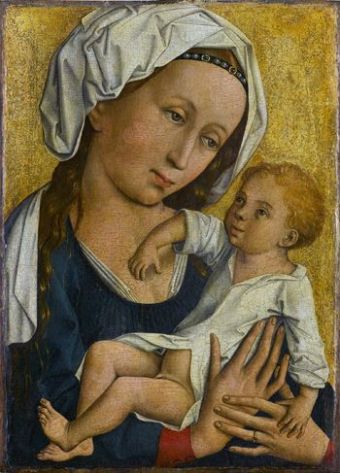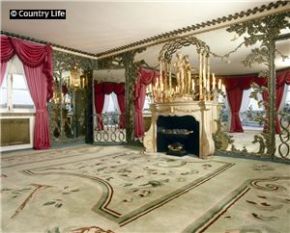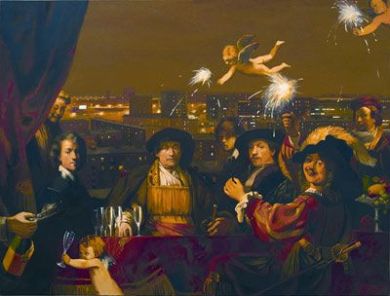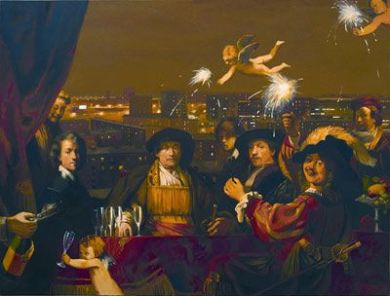A Nazi Plundered Art Work returned to its Owner
The German Jews were, besides collections inherited over centuries, among the foremost collectors of the early 20th Century. However when the Nazis came to power scores of artworks were sold under duress while countless more were simply confiscated by the German secret police. While many of these artworks were later shipped to the Soviet Union by the Russians when they conquered Germany – thousands of paintings, sculpture, books, silver and objet d’art made their way into German Museums. Since 1950 families and survivors of the holecaust have identified works either in museums or appearing at auction and battled to get them back.
The Loss of a Great Monet Water Lilly
Monet’s work and espescially his Waterlilly Paintings received new attention after the 1950’s with the onset of abstract expressionism in America. A Monet revival seized both Europe and America which led to a radical revaluation of his late work which had previously been rejected as formless and passé. Suddenly they were newly celebrated for the freedon of their brushstroke and same luminescent openness which shaped the new way of seeing intorduced by Abstract expressionism. Critics attributed the paintings as expressing forms of consciousness for which there were no words.
Monet meant for his waterlillies to encompass the viewer, to dissolve the demarcations both between nature as much as between viewer and work. What he did was to present various phenomena of reality in a close interweaving with an unknown reality conveying an impression of infinite openness and luminous unity between water, sky, flowers – a unity into which the viewer deprived of the firm anchor of a stable perspective is drawn.
The Museum of Modern Art which had acquired a giant a 8 foot long triptych of Monet’s water lillies in 1956 tragically lost this great work with a devastating fire in 1958. This loss is recorded as one of the saddest losses to the world of art in the 20th century
One of England’s Great 20th Century Tastemakers – Oliver Messel
In 1953, he was commissioned to design the decor for a suite at London’s Dorchester Hotel,.The lavishly ornate Oliver Messel Suite, shows his ornate love of design and ability to create an atmosphere of fantasty with monkeys painted onto the wall and bronze scrolls winding their way across mirrored walls.The suite, along with other suites that he designed in the Dorchester, are preserved as part of Britain’s national heritage. It was restored in the 1980s by many of the original craftsmen, overseen by Messel’s nephew, Lord Snowdon (Anthony Armstrong-Jones), the former husband of Princess Margaret

French Return works Stolen During 2nd World War to Rightful Owners
France is to return 7 paintings stolen during the second world war to their families this week. Four of These paintings have been hanging in the Louvre. Between 1933 and 1944 the Nazi stole over 100,000 artifacts and paintings from Jewish families in Europe. After the war about 65,000 paintngs and sculpture were found and returned to their rightful owners. However 2,140 of the most valuabe paintings and sculptures made their way into French museums. Six of the works being handed back belonged to Robert Neumann and Austrian Jew who escaped to Cuba.
These six works being returned will be given to Tom Seldoff, 82 – Neumann’s grandson who lives in New York. The seventh work by the German painter Pieter Janz Van Asch belonged to a Jew from Prague who died in Auschwitz and whose collection was stolen by the Nazis in 1941, Josef Wiener.


